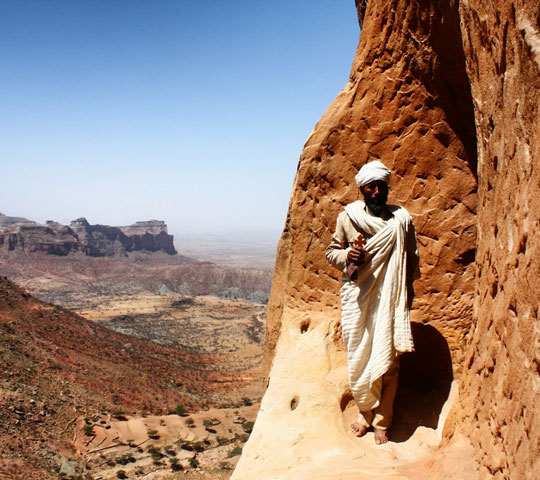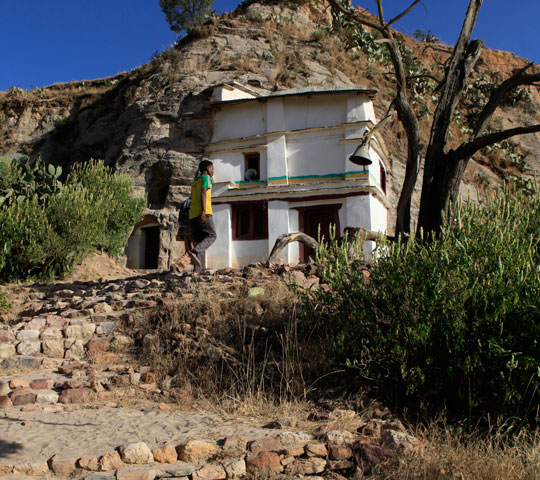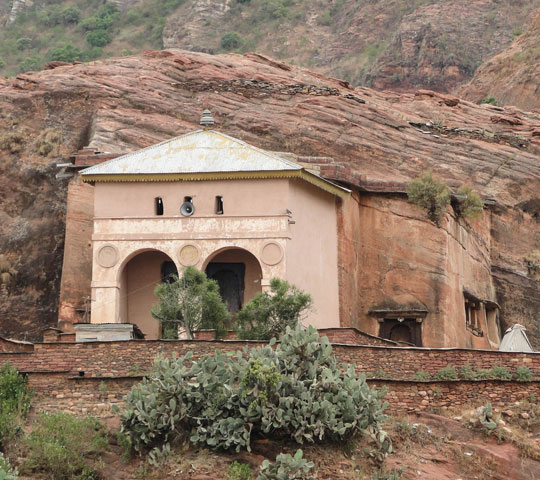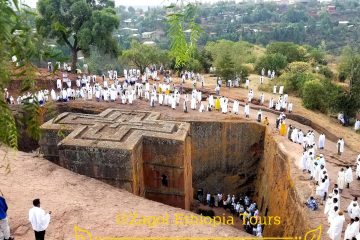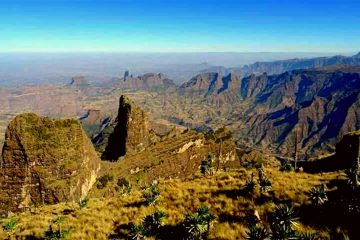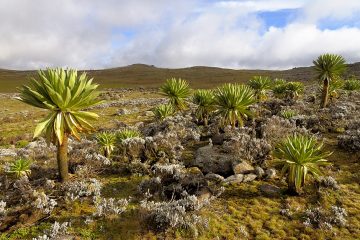Lake Tana has been the spiritual refuge of Christian Ethiopian for many years. Lake Tana has also a natural charm itself. Its waters reflect the different colors of the sky. Dotted with island and frequented by flocks of birds, it is surrounded by verdant vegetation housing small, peaceful villages.
Ethiopia’s largest lake, Tana has the dimensions of an inland sea, measuring around 85km from north to south, 66km from east to west, and with a surface area of up to 3673km, depending on seasonal fluctuations. The largest lake port and Tana formed around five million years ago due to volcanic activity that caused a dam like lava extrusion to block the flow of several rivers.
Ecologically, it producing a rich harvest of fish, some 26 species of which have been recorded, more than half of them endemic for the lake, The Lake is also renowned for its varied birdlife-flotillas of white pelican are the common sight- while the shallows support small pods of hippos. Lake Tana wily cormorants follow the canoes. Competing with the expert fisherman in search of tilapia, catfish, or the great Nile peach, The Lake is dotted with island, providing over twenty safe havens for the Ethiopian orthodox faith over the years.
Ancient times, some of these islands were sacred places to the animistic believers that lived on the shores. They probably included Hamitic peoples such as the Agew and other groups. On the fringes of the Christian Ethiopian king Dom during the 13th and 14th centuries, this region received monks seeking the isolation and peace ideal for lives devoted to prayers, fasting and study. The result was the construction of small monasteries alongside churches, generally with the round floor plans. Although they compete for antiquity, studies conducted by expert indicate that the most ancient church-monasteries were built around the middle of the 13th or the beginning of the 14th century and many of them were restored during the age of Gondar.
The Lake Tana sightseeing
Interesting and historic churches and monasteries on or around the lake can be found on the islands of Dega Estefanos, Tana Cherkos, Kebran and Debre Maryam, as well as the peninsulas of Gorgora, Mandaba, and Zeghe, which has long been renowned for its coffee. Some will be described for highlight of the Lake Tana monasteries.

